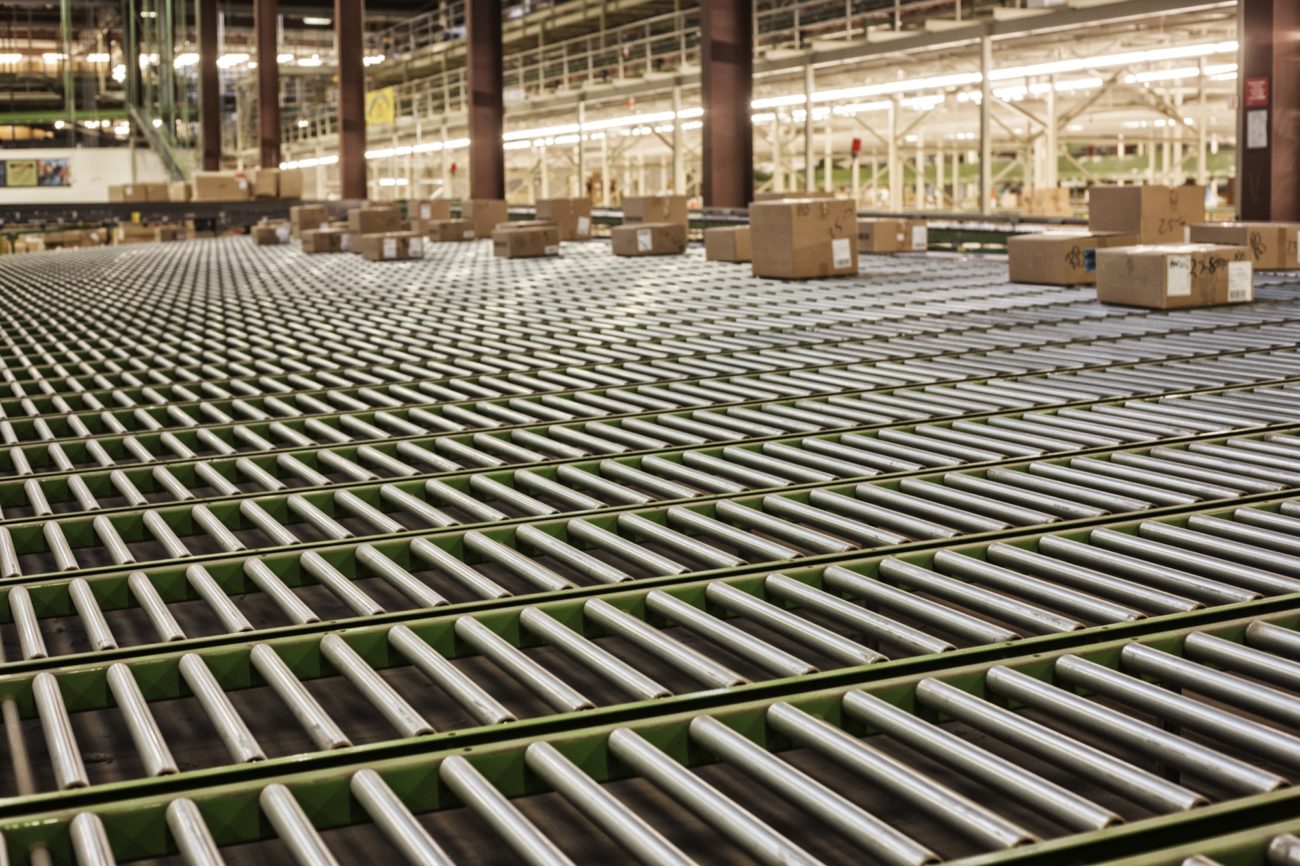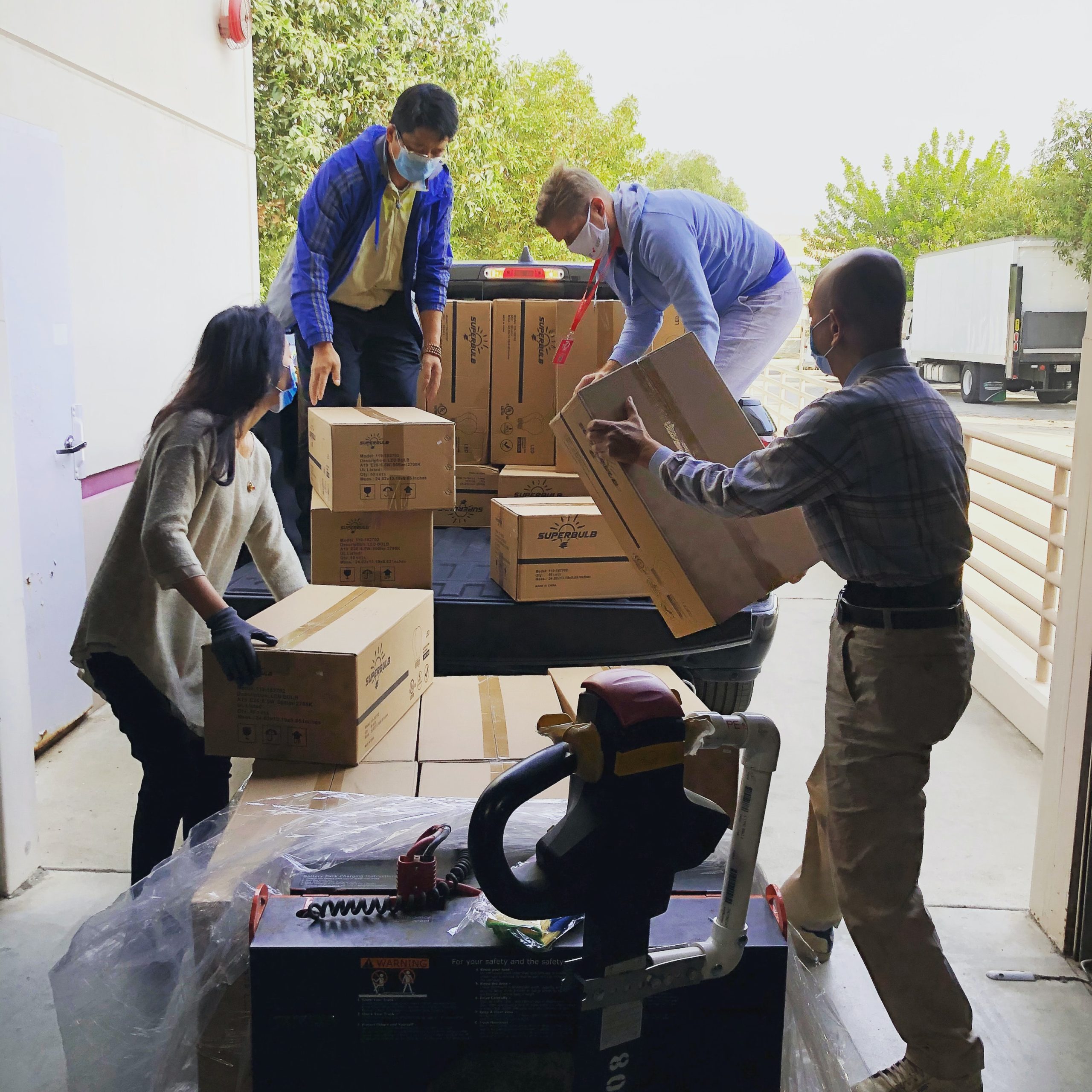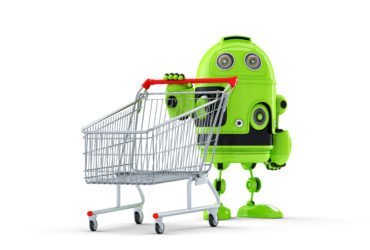Inventory management is an essential management process for any eCommerce business. And it isn’t an easy task, as it needs proper planning, a structured organization the right tools. With the help of a fulfillment center, this operational problem becomes easier to tackle. Hence, let’s get well equipped with features of fulfillment centers for eCommerce operations.
What is a Fulfillment Center?


Before we dive into the features of fulfillment centers, let us first understand, What is a Fulfillment Center?
A fulfillment center can refer to, as a storage space used by a business to store inventory. Fulfillment centers are not the same as warehouses. Warehouses use to store raw material, etc, on the other hand, a fulfillment center solely dedicates to storing inventory. It also serves several other purposes like working towards the entire order fulfillment procedure. In comparison to a warehouse, a fulfillment center stores products for a shorter period.
Now that we have glimpsed through what is a fulfillment center, let’s understand in-depth about the features of fulfillment centers that help in efficient eCommerce operations.
Receiving Orders


The first step at a fulfillment center would be receiving inventory from the e-commerce brand that is selling. Ideally, a fulfillment center should have a dock dedicated to receiving inventory. The dock area is usually quite large and spacious. The design specifies to sort inventory accurately and prepare them for storage. During the receiving process, the fulfillment provider counts the products, inspects for accuracy, inspects for damage. It’s done to avoid common mistakes such as miscounts and inventory errors.
During the inspection of items, each item is accounted for. At the same time, they are also inspected for damage. After this, an SKU (stock keeping unit) is assigned to each item. SKU code helps us to track the item through fulfillment purposes. After applying the SKU label or barcode to each item, the inventory is ready for storage.
Smart Order Picking


Order picking is the part of the order fulfillment when employees fulfill the orders by physically restoring the items from the storage end and transport them to the area where packaging takes place. Depending on the size of the operation, fulfillment centers choose suitable methods used for picking items from storage. A small operation would require just an employer walking over to where the goods are stored and taking them to the place of packaging. On the other hand, a vast warehouse may require a trained equipment operator to retrieve large units of commodities.
The three main types of picking are:
- Piece picking: Piece packing is when items are picked one at a time instead of picking them in bulk. This type of picking is most commonly seen in orders that have different SKUs but a smaller quantity of items per pick.
- Pallet picking: A pallet is nothing but a wooden platform that holds the products in a warehouse. The number of items that a pallet can hold depends on the size of the plank. Sometimes a single plank can hold one large item or several smaller items. So, to understand pallet picking, its when an entire pallet picked and sent to the packing area.
- Case picking: Case picking is quite similar to pallet picking. The only difference here, instead of an entire pallet being picked, only a section is picked and sent to the packing area. This form of order picking is generally when there is a large number of SKUs with fewer items per SKU.
Efficient Packaging of the Product


Once all the items are packed inside a fulfillment center, the next step is to pack them securely. The best fulfillment centers are always extra careful about product packaging. Remember, your product packaging leaves an impact on your customer, do not compromise on this. This part of the order fulfillment process involves preparing the unit to ship to the final destination.
Essentials of Packaging
Fragility: It goes without saying that fragile packaging is done with an insulating material like bubble wrap or packing peanuts to keep them safe during transport.
Dimensions: Items that have awkward dimensions need to be packed in such a way, that their transportation is done without sliding or tipping over.
Health hazards: Items that possess the capability of causing potential damage due to size, weight, or reactive chemical. These elements should restrained or marked, thus warning its handling.
Weight: While packing heavy units, they may need cushioning or placed on pallets to avoid damage to the transporting vehicle.
Cost: Space is the most precious commodity in shipping. The more space that an item acquires, the more it costs for shipping.
The Shipping Phase


In the shipping center, shipping managers decide the most efficient method for transporting each unit to its end destination. For smaller businesses, this may just be a matter of finding out the best postage or courier service.
However, businesses that need to ship oversized units, large quantities you may need certain specialized handling requirements. The shipping center is also responsible for informing customers when they’re order has been shipped out for delivery. At this very point, one must consider the order to fulfill unless a unit returned.
Processing Returns


Dealing with returns is an evitable part of an e-commerce business. As much as we want to avoid it, there’s a possibility of a customer not being satisfied with the product. Processing returns requires reverse logistics, not all fulfillment centers are efficient with reverse logistics. You need to look for a well-equipped fulfillment center that takes care of returns quickly.

Conclusion
Hence, fulfillment centers help eCommerce business owners with the essentials of any order fulfillment procedures. Through the above-mentioned features of fulfillment centers for eCommerce operations, business owners can utilize their time and efforts to focus on other aspects and areas of their business. The process of order fulfillment is taken care of by fulfillment centers. You can scale and expand your business with the help of a fulfillment center and foresee a better future. Once you outsource a fulfillment center you need not worry about the fulfillment of any added items or launching newer products.
When speaking about order fulfillment, Dash101 is your logistics aggregator that helps to plan, manage, and ship all your products efficiently. The Shop101 product can deliver products amidst 27000+ pin codes across India. Additionally, through 8 courier integrations, you can pick and compare among the top courier partners to deliver your product. Shipping at Dash101 begins at Rs23/500gms with no added commitment fee while you integrate your store with us. Reduced RTOs too guaranteed with the shipping solution. Hence we say, Dash101 is not just your shipping but your business partner.







Leave a Review